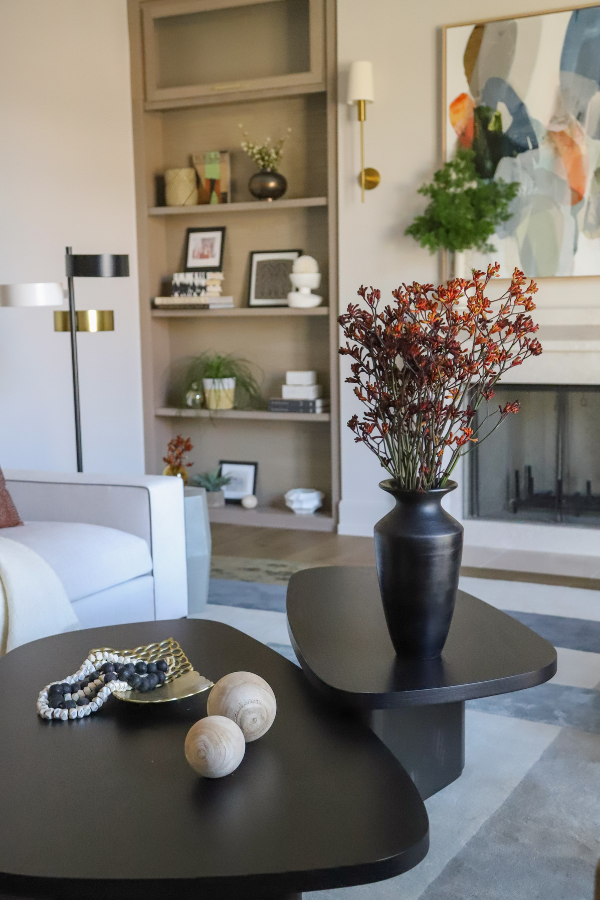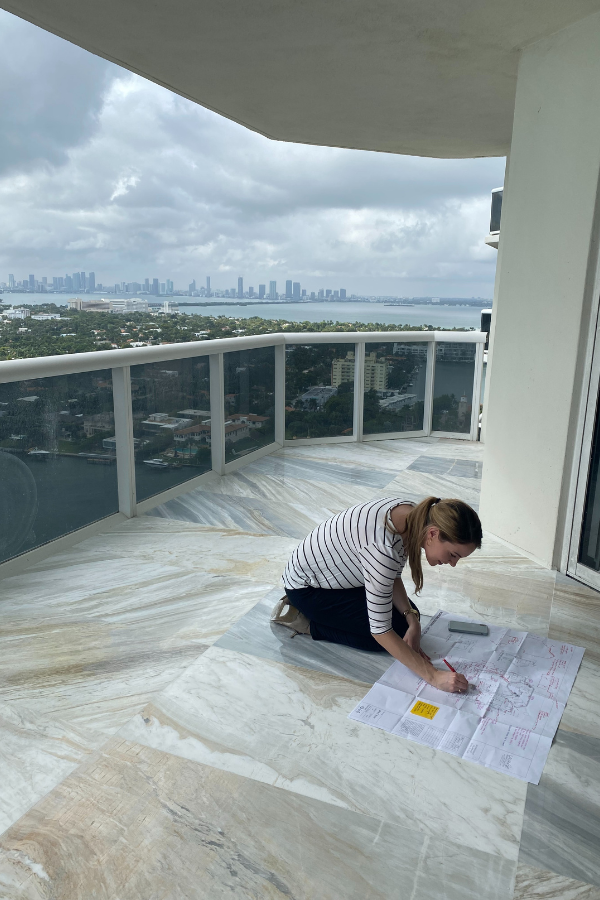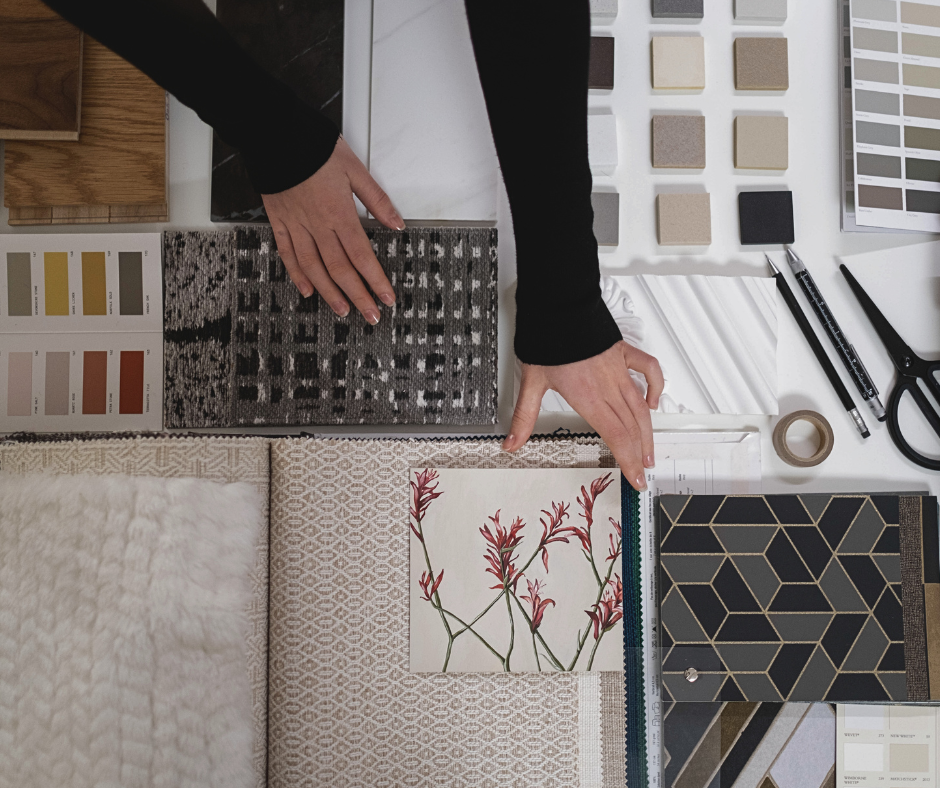
Tiny House Designers Making a Big Impact in Architecture & Interiors
Summary
Reflection Questions
Journal Prompt
In a world where bigger is often billed as better, a growing number of architects and interior designers are proving that impactful design can come in small packages. The tiny house movement is revolutionizing the way we think about living spaces—presenting innovative, sustainable, and aesthetically pleasing solutions that maximize every square inch. In this article, we explore the work of visionary tiny house designers who are making a big impact with their small-scale creations. From luxurious finishes to eco-friendly materials, these tiny homes are redefining what it means to live large in a small space. With their open floor plans and diverse architectural styles, you certainly won’t miss the added square footage of a traditional single-family home once you view these tiny house designs!
Explaining the Tiny House Craze
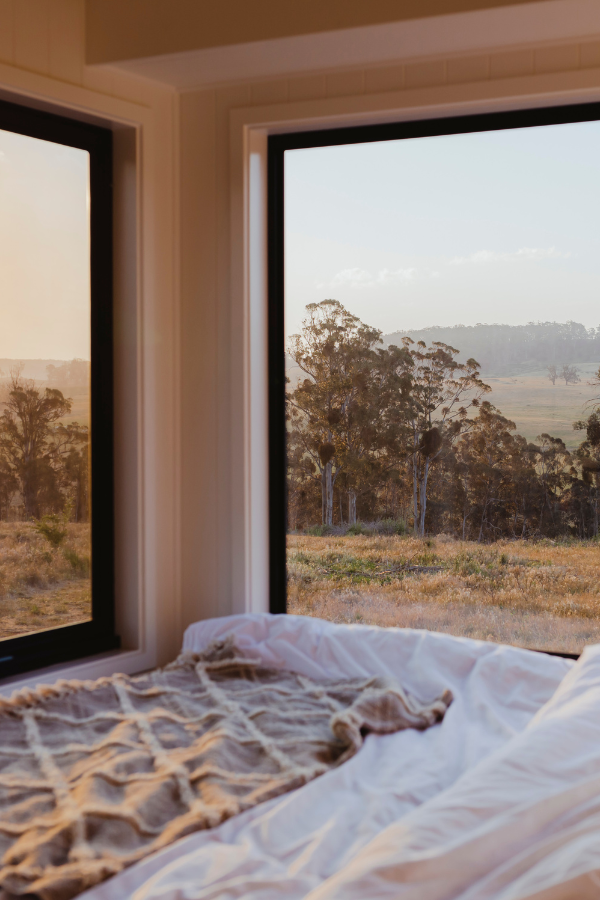
The tiny house craze exploded due to a combination of economic, environmental, and lifestyle factors. As housing costs rise and people seek more sustainable living options, tiny houses offer an affordable and eco-friendly alternative while allowing homeowners to enjoy finer appliances, finishings, and furniture.
They emphasize minimalism and efficient use of space, appealing to those looking to simplify their lives and reduce their ecological footprint. Additionally, the flexibility and mobility of tiny homes provide a unique solution for those desiring a nomadic lifestyle or the ability to live in diverse locations without the constraints of traditional housing.
Hallmarks of Tiny House Design
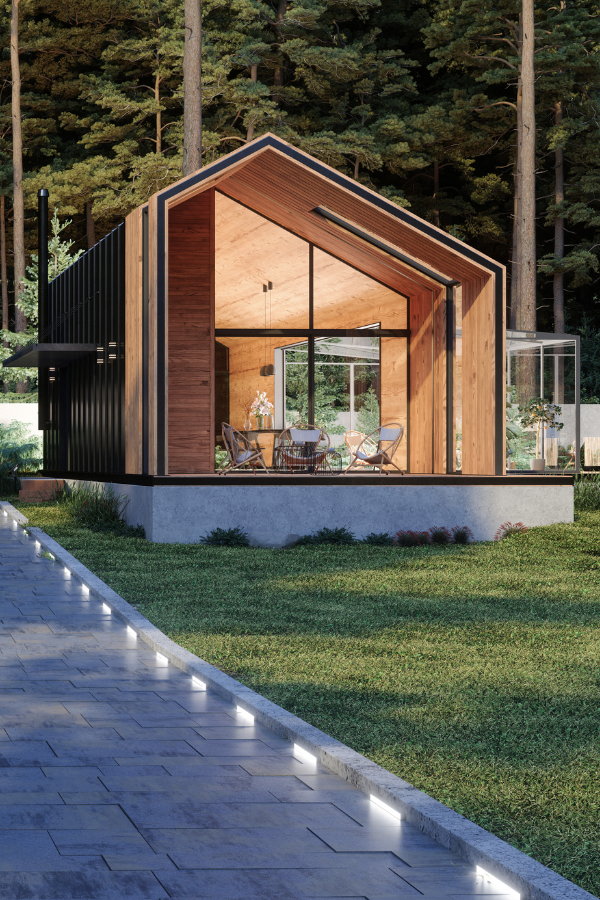
With very few square feet to work with, successful tiny house design hinges on the principles of functionality, efficiency, and aesthetic appeal. One of the primary hallmarks is the efficient use of space in each tiny house plan. Every square inch must serve a purpose, often with multifunctional features. For instance, a staircase might double as storage drawers, or a fold-out table can transform a living area into a dining space. Clever use of vertical space is also crucial, utilizing a sleeping loft in the bedroom or high-mounted storage to keep the floor area open and uncluttered. These tiny house plans maximize the available space while ensuring that the home remains comfortable and livable.
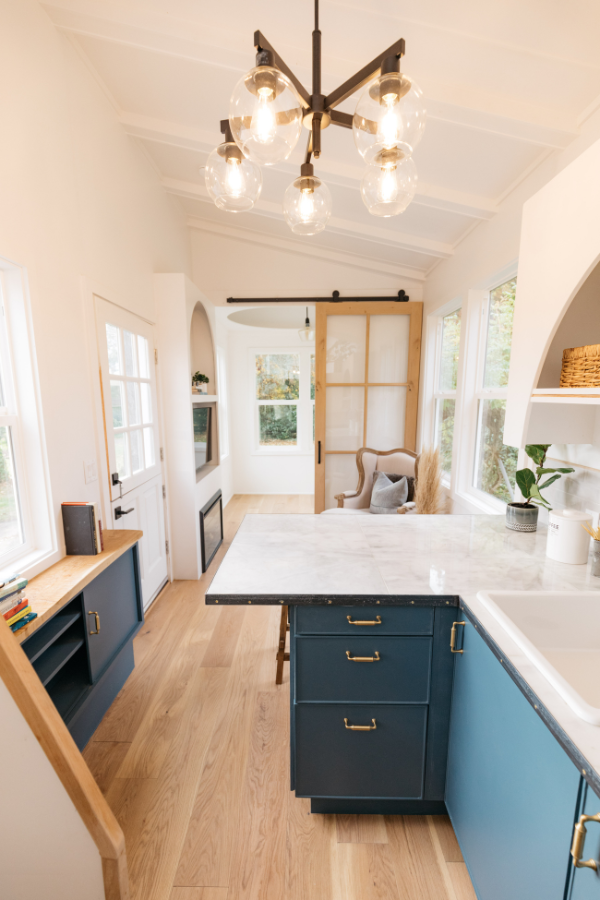
Another key aspect is the integration of natural light and a connection to the outdoors. Large windows, skylights, and glass doors can make a tiny house feel much larger than its actual footprint by bringing in light and providing views of the surrounding environment. This connection to nature not only enhances the sense of space but also improves the overall living experience.
High-quality materials and thoughtful craftsmanship are also vital, ensuring that the small space feels luxurious and durable. Sustainability is often a cornerstone of tiny house design, with many incorporating energy-efficient systems, renewable materials, and eco-friendly practices to minimize their carbon footprint, aligning with the broader goals of minimalism and environmental responsibility. These elements together create a successful tiny house design that is both functional and inviting.
Eight Inspiring Tiny House Architects and Interior Designers

Some of these designers are dedicated to crafting the ideal budget-friendly starter home, while others have created incredible luxury spaces that meet even the highest standards. From a cabin in the woods to an elegant A-frame with two bedrooms and a wrap-around porch, below are the most stunning tiny home plans by today’s architects and interior designers.
Roderick James of Roderick James Architects LLP
Roderick James is a renowned architect known for his innovative approach to tiny house design, focusing on sustainable and energy-efficient homes. His firm, Roderick James Architects LLP, specializes in timber frame buildings that blend traditional craftsmanship with modern functionality, but they also use unusual materials.
James’s tiny house designs are celebrated for their use of natural materials, clever space-saving solutions, and strong connection to the environment, often featuring large windows and eco-friendly features to create a harmonious living experience. He draws inspiration from traditional timber frame construction and a deep respect for the natural environment, reflecting a harmony between architecture and nature.
Nicole Blair of Studio 512
Nicole Blair, the founder of Studio 512 in Austin, Texas, is known for her thoughtful and creative approach to small space design. Her work emphasizes maximizing functionality without compromising on aesthetics. Blair’s projects, like The Hive, showcase her ability to create luxurious and comfortable living spaces within a tiny footprint, utilizing innovative storage solutions, custom-built furniture, and an abundance of natural light to make small spaces feel expansive and inviting.
For example, Nicole Blair’s project, The Hive, is a sustainable guest house that exemplifies efficient use of space and eco-friendly design principles. Located in Austin, Texas, The Hive incorporates innovative storage solutions and natural light to create a spacious feel within its compact footprint. The design emphasizes sustainability through the use of reclaimed materials and energy-efficient systems.
The Hive’s modern aesthetic, combined with its functional layout, showcases Blair’s expertise in creating beautiful, livable spaces that prioritize environmental responsibility. She is inspired by the challenges of small space design and the potential to create functional, efficient, and aesthetically pleasing environments within limited footprints.
Nate Garnero and Douglas Burdge of Buhaus
Nate Garnero and Douglas Burdge are the creative minds behind Buhaus, a luxury tiny house company that transforms shipping containers into sleek, modern living spaces. Their designs are characterized by high-end finishes, minimalist aesthetics, and efficient use of space.
Fuel your creative fire & be a part of a supportive community that values how you love to live.
subscribe to our newsletter
*please check your Spam folder for the latest DesignDash Magazine issue immediately after subscription

Buhaus units are intended to serve as versatile living quarters, guest houses, or office spaces, incorporating high-quality materials and luxurious amenities to offer a sophisticated and sustainable tiny living experience. These homes were created after the Malibu fires that destroyed many local homes. The pair finds inspiration in industrial design and modern architecture, particularly the adaptive reuse of materials, reflecting a commitment to sustainability and innovation.
Vina Lustado of Sol Haus Design
Vina Lustado, founder of Sol Haus Design, specializes in creating sustainable tiny homes that are both functional and beautiful. Her designs often feature high-end finishes, custom-built furniture, and a strong emphasis on eco-friendly materials and energy efficiency.
Lustado’s tiny homes are known for their thoughtful layouts and harmonious integration with the surrounding environment, reflecting her commitment to sustainability and high-quality design. Inspired by a commitment to sustainability and a minimalist lifestyle, her personal journey towards living simply and sustainably informs her design philosophy.
Robert and Rebekah Sofia of Tiny Heirloom
Robert and Rebekah Sofia are the founders of Tiny Heirloom, a company renowned for its luxurious tiny homes. Their designs often include high-end finishes, custom details, and premium materials, creating homes that are both stylish and functional.
Tiny Heirloom homes typically feature gourmet kitchens, spa-like bathrooms, and smart home technology, offering a high level of comfort and sophistication within a compact footprint. They are inspired by the desire to combine luxury with tiny living, drawing from their backgrounds in high-end residential construction and custom design.
Brian Crabb of VIVA Collectiv
Brian Crabb, the founder of VIVA Collectiv, is an architect known for his high-end tiny house designs that blend luxury with functionality. His designs often feature high-quality materials, custom-built furniture, and modern aesthetics.
Crabb’s tiny homes are celebrated for their innovative layouts and attention to detail, ensuring that every inch of space is used effectively while maintaining a high level of comfort and style. He is inspired by the possibilities of small space living and the challenge of creating luxury within compact designs.
Dee Williams and PAD Tiny Houses
Dee Williams, author of “The Big Tiny” and founder of PAD Tiny Houses, is a pioneer in the tiny house movement. Williams is known for her minimalist and eco-friendly tiny house designs that prioritize simplicity and sustainability.
Her designs often incorporate reclaimed materials and energy-efficient features, creating homes that are both environmentally responsible and affordable, inspiring many to embrace a simpler, more sustainable way of living. Inspired by the principles of minimalism and sustainability, her personal journey towards a simpler, more environmentally friendly lifestyle greatly influences her designs.
Jay Shafer of Tumbleweed Tiny House Company
Jay Shafer is often considered the pioneer of the modern tiny house movement, having founded Tumbleweed Tiny House Company in the late 1990s. Shafer’s designs are characterized by their classic aesthetics, efficient use of space, and high-quality craftsmanship. His tiny homes feature well-thought-out layouts and multifunctional furniture, providing a comfortable living experience in a compact form.
Shafer’s work has inspired a generation of tiny house enthusiasts and set the standard for small, sustainable living. He is inspired by the principles of simplicity, sustainability, and efficiency, driven by his early experiences with minimalist living and a desire to create beautiful, functional, and sustainable living spaces.
Final Thoughts on Tiny House Design
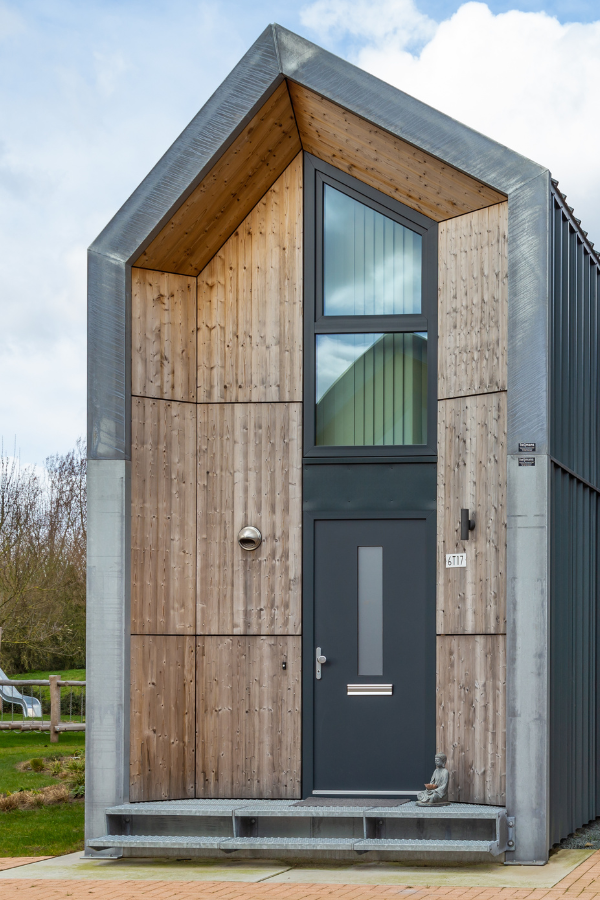
As the tiny house movement continues to gain momentum, it’s clear that these small-scale dwellings offer much more than just a place to live—they represent a shift towards sustainability, simplicity, and intentional living. The architects and interior designers featured here are at the forefront of this transformation, crafting spaces that are as functional as they are beautiful. Their innovative approaches and dedication to quality prove that you don’t need a large footprint to make a significant impact. Tiny houses are not just a trend but a testament to the potential of thoughtful design to enhance our lives, offering a promising glimpse into the future of housing.




